Managing a business comes with its fair share of triumphs, but also challenges. Facing financial difficulties can be one of the toughest hurdles. When debts pile up and recovery seems daunting, understanding the insolvency process can be the first step toward a clear path forward.
This guide will walk you through what insolvency is, how it unfolds, and the debt solutions available to business owners. With the right knowledge, you can take informed actions and potentially steer your business toward financial restructuring and stability.
Recognizing the Signs of Financial Trouble
When is it Time to Take Action?
Understanding the early warning signs of financial distress can make a significant difference in tackling insolvency.
Some common indicators include mounting unpaid bills, cash flow shortages, reduced revenue, and strained relationships with creditors. If your business finds itself consistently unable to meet its financial obligations, it may be time to assess the situation seriously.
The Thin Line Between Debt and Insolvency
Not every business experiencing financial challenges is insolvent. Insolvency occurs when debts outweigh the value of business assets, or when the business cannot pay its dues as they fall due.
Assessing your financial health accurately is crucial at this stage to determine whether you need proactive restructuring or immediate intervention.
What Exactly is the Insolvency Process?
A Definition You Can Understand
The insolvency process refers to the procedures businesses go through when they can no longer meet their financial obligations. It aims to either rescue the business or efficiently close it down in a way that protects creditors’ interests.
Common approaches include negotiations with creditors, restructuring financial agreements, or filing for formal insolvency. Each step is guided by specific legal frameworks that vary by region but are rooted in transparency and fairness.
The Two Main Paths Business Owners Take
- Rescue and Recovery – This focuses on financial restructuring and finding solutions to return the business to profitability.
- Liquidation – If no turnaround is viable, this involves closing the business, selling its assets, and distributing proceeds to pay off debts where possible.
Exploring Debt Solutions for Struggling Businesses
Informal Arrangements
Sometimes, informal negotiations with creditors can provide breathing room. These negotiations might revolve around revised repayment plans or temporary freezes on debt collection.
Creditors often appreciate open communication and may agree to flexible solutions to recover their funds over time.
Formal Debt Solutions
If informal approaches don’t work, it might be time to explore formal solutions such as voluntary arrangements, agreements supervised by insolvency practitioners, or other structured payment plans. These methods can protect business assets while you address debt systematically.
The Role of Financial Restructuring in Insolvency
What Does Financial Restructuring Entail?
Financial restructuring involves reorganizing your company’s financial liabilities to make managing debt more feasible. This is especially beneficial for businesses that are fundamentally viable but temporarily struggling with liquidity issues.
Methods to Consider
- Refinancing: Securing new capital to pay off existing liabilities.
- Operational Changes: Improving efficiencies to cut unnecessary costs.
- Renegotiation of Terms: Working with creditors to adjust repayment schedules, lower interest rates, or modify other terms.
Working with Insolvency Practitioners
Who are Insolvency Practitioners and Why Are They Important?
An insolvency practitioner (IP) is a licensed professional who provides guidance and oversees insolvency processes. Whether your focus is on recovery or closure, an IP will ensure that legal regulations are adhered to and that both the business and its creditors are treated fairly.
What to Expect
An IP will initially conduct a thorough assessment of your business’s financial situation. They’ll then advise on appropriate solutions, assist with creditor communication, and manage any formal insolvency processes.
Preserving Your Business Through Insolvency
Can Your Business Be Saved?
For many business owners, insolvency doesn’t spell the end. With timely action and strategic planning, businesses may recover successfully. Financial restructuring, operational streamlining, and expert guidance can often provide a lifeline.
Steps for Moving Forward
Evaluate the feasibility of your business model to determine its potential for recovery. If it can be saved, focus on a realistic plan to restructure and stabilize operations while maintaining transparency with all stakeholders involved.
Taking Smart Steps Towards Financial Stability
The insolvency process can feel overwhelming, but knowledge is power. By identifying difficulties early, leveraging effective debt solutions, and working with professionals, business owners can ensure decisions are both informed and decisive.
Whether you’re exploring financial restructuring or seeking expert guidance to resolve business debt, understanding the fundamentals of insolvency can guide you toward stability and future growth.














